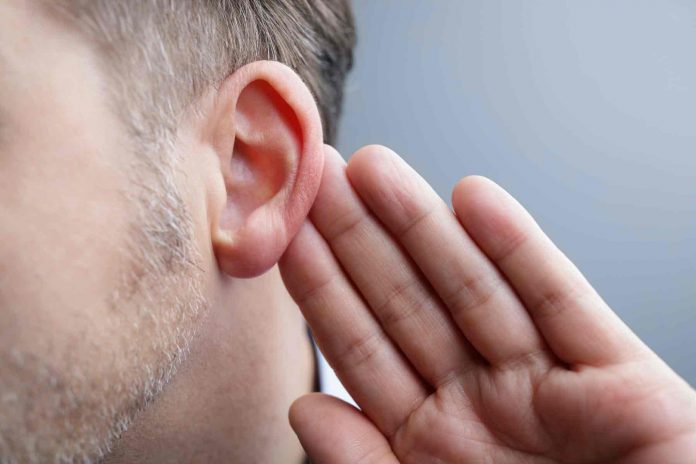Almost 40 million Americans suffer from hearing loss. It is one of the most common health-related conditions among older adults, affecting half of people over age 75. For seniors, balance problems associated with diminished hearing can lead to falls with serious consequences including death.
As we age, a lifetime of exposure to loud noise from live and recorded music, industrial machinery, lawnmowers, and hairdryers are just a few of the causes of damage to the hair cells within the inner ear (the cochlea). Soldiers exposed to loud weapons often lose hearing at a younger age. Auditory hair cells can also be damaged by medications, infections or disease.
Known as “sensorineural”, this is the most common category of hearing loss. Because auditory hair cells which sense sound and relay that information to the brain don’t regenerate, sensorineural hearing loss is irreversible.
Up to now hearing aids have been the primary treatment. That’s wasn’t good enough for Dr. Ronna P. Hertzano MD, PhD, Assistant Professor of Otorhinolaryngology-Head & Neck Surgery at the University of Maryland School of Medicine. She has made it her mission to look for clues as to how these hair cells develop with the goal of finding ways to make them grow back and thus restore hearing.
Published this week in the latest issue of the journal Nature Communications, a new study led by Dr. Hertzano has identified a unique role for a group of proteins known as RFX transcription factors in the development and survival of the hair cells. The research was done in collaboration with scientists at several institutions, among them Ran Elkon, PhD, an Assistant Professor and computational biologist at the Sackler School of Medicine at Tel Aviv University in Israel.
In a press release, Dr Hertzano was quoted as saying “This discovery opens up new avenues, not only for understanding the genetics of hearing, but also, eventually for treating deafness.”
Using mice whose auditory hair cells glow with a green fluorescent protein and state of the art genetic sequencing, Dr. Hertzano and her collaborators were able to identify the RFX transcription factors. They then demonstrated that mice lacking these factors became profoundly deaf.
Although the experiments were conducted in mice, Dr. Hertzano suspects that these genes work similarly in humans. Her hope is that it might be possible in the future to use the increased understanding of RFX transcription factor to treat hearing loss, by either protecting hair cells from dying or promoting their growth. In addition, she and her colleagues are working to identify additional genes that have an important role in hair cell function.
Dr. Hertzano first became interested in the genetics of hearing as an MD-PhD student at Tel Aviv University, before going on to residency training at the University of Maryland School of Medicine Department of Otorhinolaryngology. Her surgical practice is focused on diseases of the ear and hearing restoration.















